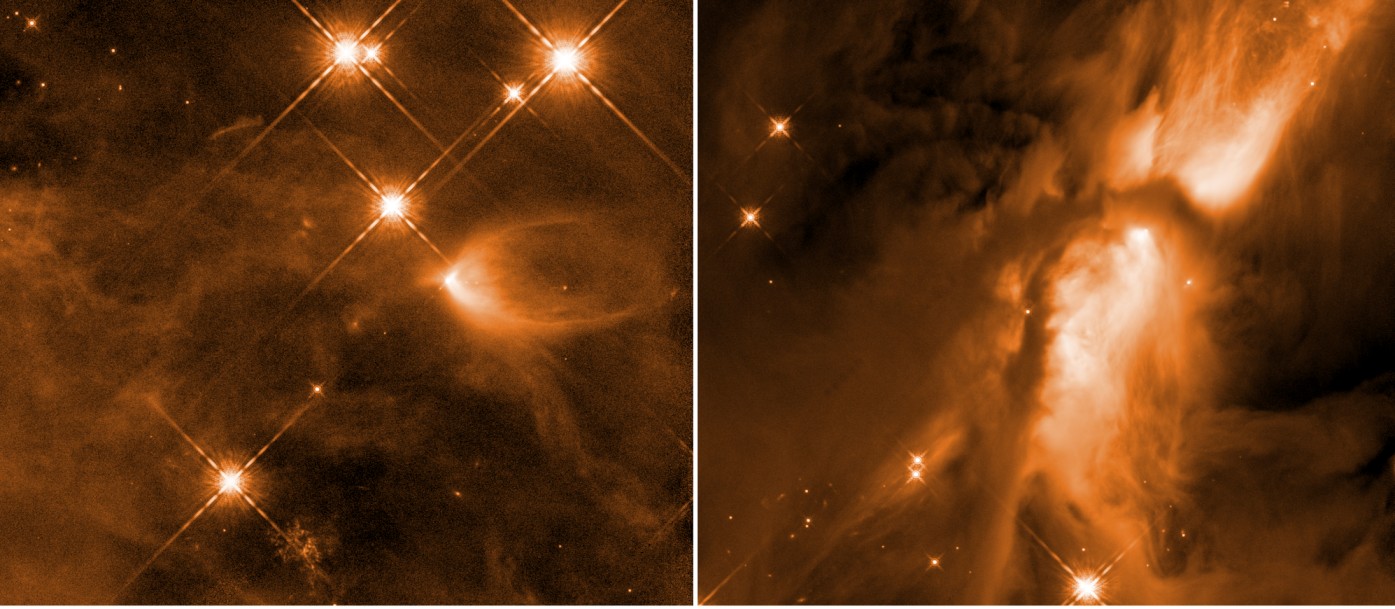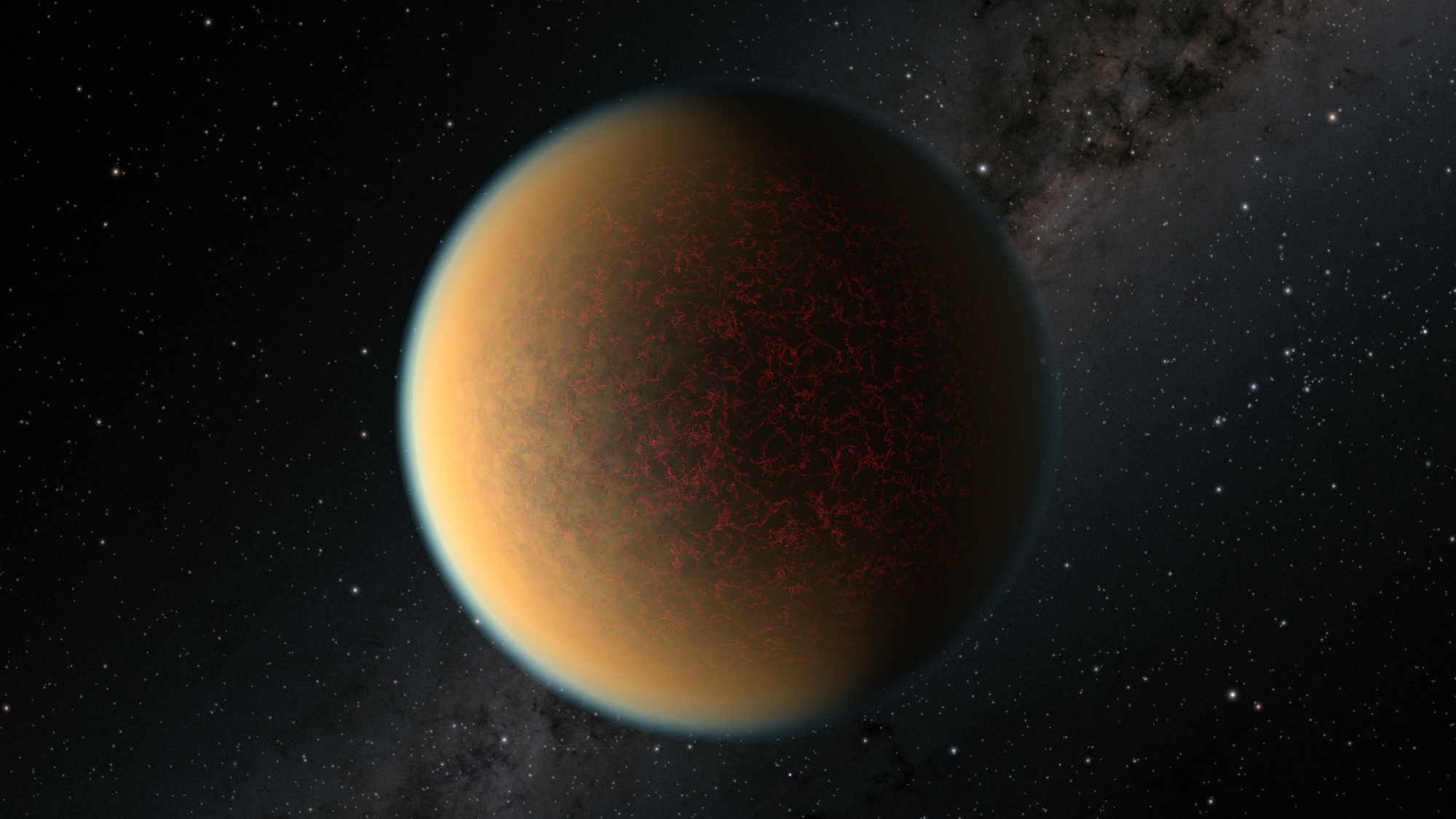We thought we understood how stars are formed. It turns out, we don’t. Not completely, anyway. A new study, recently conducted using data from the Hubble Space Telescope, is sending astronomers back to the drawing board to rewrite the accepted model of stellar formation.
Continue reading “Newly Forming Stars Don’t Blast Away Material as Previously Believed. So Why Do They Stop Growing?”A Planet Lost Its Atmosphere, So Its Volcanoes Made It a New One
A red-dwarf star called Gliese 1132 or GJ 1132 for short (astronomers and their fun nicknames!) smolders on some 41 light-years from the sun in the southern constellation Vela, just a few degrees away from the southern cross. In 2015, astronomers using the MEarth South telescope array at Cerro Tololo Inter-American Observatory (CTIO) in Chile found an Earth-sized planet orbiting extremely close to the little red star. Known as GJ 1132b, the planet orbits in a blistering 1.6 days. Its original hydrogen and helium atmosphere is thought to have long since been blown away by the powerful stellar winds experienced by the planet due to its extreme proximity to its parent. New observations from the Hubble Space Telescope revealed a surprise from the speedy exoplanet; it seems to have re-formed an atmosphere!
Continue reading “A Planet Lost Its Atmosphere, So Its Volcanoes Made It a New One”Nancy Grace Roman Telescope is Getting an Upgraded new Infrared Filter
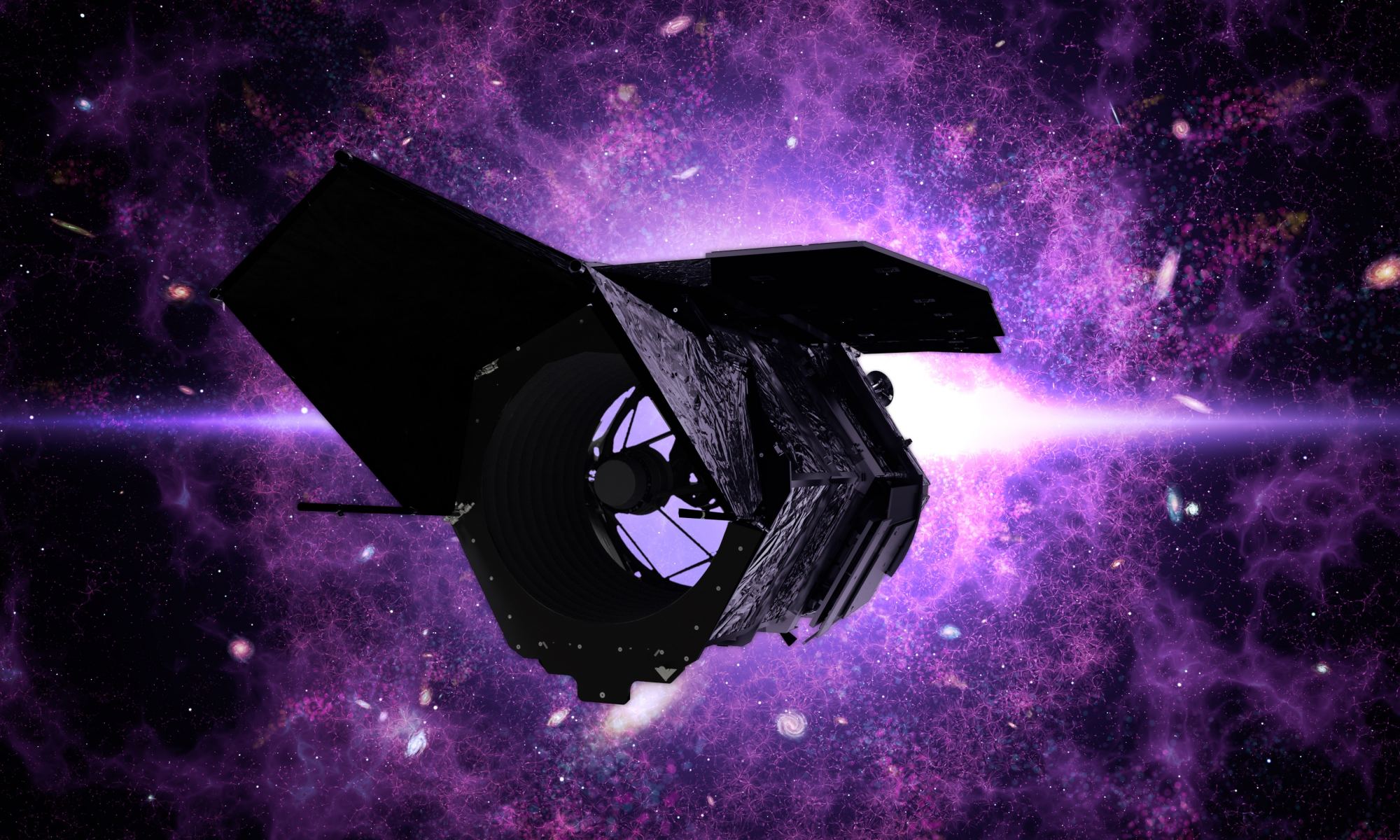
In 2025, the Nancy Grace Roman space telescope will launch to space. Named in honor of NASA’s first chief astronomer (and the “Mother of Hubble“), the Roman telescope will be the most advanced and powerful observatory ever deployed. With a camera as sensitive as its predecessors, and next-generation surveying capabilities, Roman will have the power of “One-Hundred Hubbles.”
In order to meet its scientific objectives and explore some of the greatest mysteries of the cosmos, Roman will be fitted with a number of infrared filters. But with the decision to add a new near-infrared filter, Roman will exceed its original design and be able to explore 20% of the infrared Universe. This opens the door for exciting new research and discoveries, from the edge of the Solar System to the farthest reaches of space.
Continue reading “Nancy Grace Roman Telescope is Getting an Upgraded new Infrared Filter”Jupiter has Added a Comet to its Trojan Collection
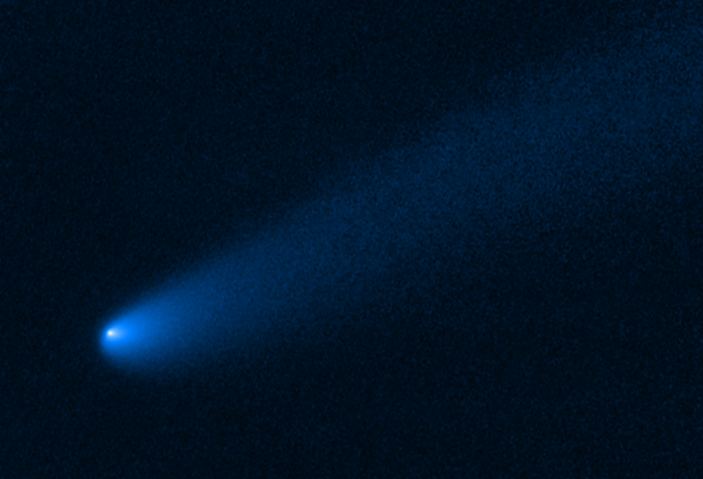
Jupiter is notorious for capturing objects that venture too close to the gas giant and its enormous pull of gravity. Asteroids known as Jupiter Trojans are a large group of space rocks that have been snared by the planet, which usually remain in a stable orbit near one of the Jupiter’s Lagrangian points.
But now, the Hubble Space Telescope has spotted a comet near Jupiter’s Trojan asteroid population. This is the first time a comet has been found in this region, and the team of scientists studying the object – named P/2019 LD2 (LD2) – think the unexpected comet is only a temporary visitor.
Continue reading “Jupiter has Added a Comet to its Trojan Collection”Dark Energy Survey Finds Hundreds of New Gravitational Lenses
It’s relatively rare for a magical object from fantasy stories to have a analog in real life. A truly functional crystal ball (or palantir) would be useful for everything from military operations to checking up on grandma. While nothing exists to be able to observe the mundanities of everyday life, there is something equivalent for extraordinarily far away galaxies: gravitational lenses. Now a team led by Xiaosheng Huang from Lawrence Berkeley National Laboratory (LBNL) and several universities around the world have published a list of more than 1200 new gravitational lensing candidates.
Continue reading “Dark Energy Survey Finds Hundreds of New Gravitational Lenses”Hubble Releases a New Image of Neptune, Revealing a Rapidly Shifting Storm
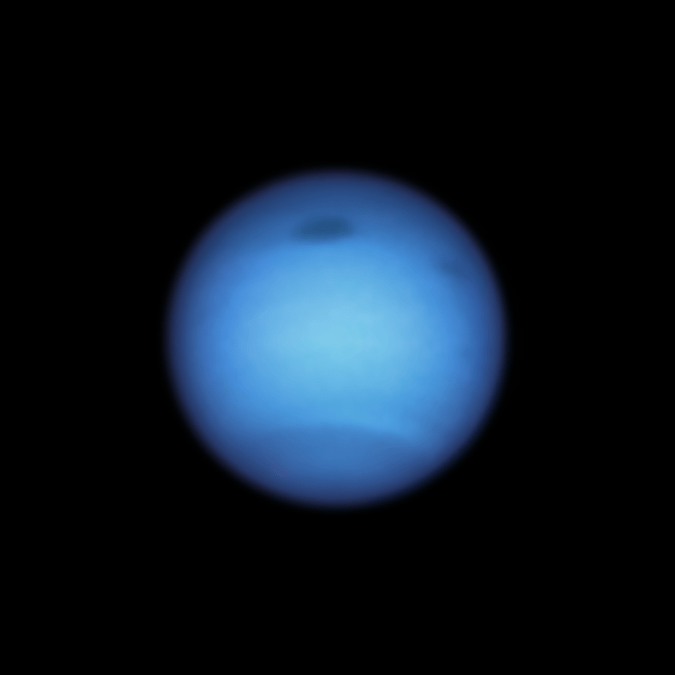
Storms on Neptune seem to follow a pattern of forming, strengthening and then dissipating over the course of about two Earth years. But a Neptunian storm spotted in the planet’s atmosphere over two years ago has done something quite different: it has reversed course and is still going strong.
Continue reading “Hubble Releases a New Image of Neptune, Revealing a Rapidly Shifting Storm”One of the Largest, Most Complete Einstein Rings Ever Seen. Astronomers Call it the “Molten Ring”
A very rare astronomical phenomenon has been in the headlines a lot recently, and for good reason. It will be hundreds of years until we can see Jupiter and Saturn this close to one another again. However, there are some even more “truly strange and very rare phenomena” that can currently be observed in our night sky. The only problem is that in order to observe this phenomena, you’ll need access to Hubble.
Continue reading “One of the Largest, Most Complete Einstein Rings Ever Seen. Astronomers Call it the “Molten Ring””Hubble Sees Dark Shadows That Could Be Cast by a Supermassive Black Hole
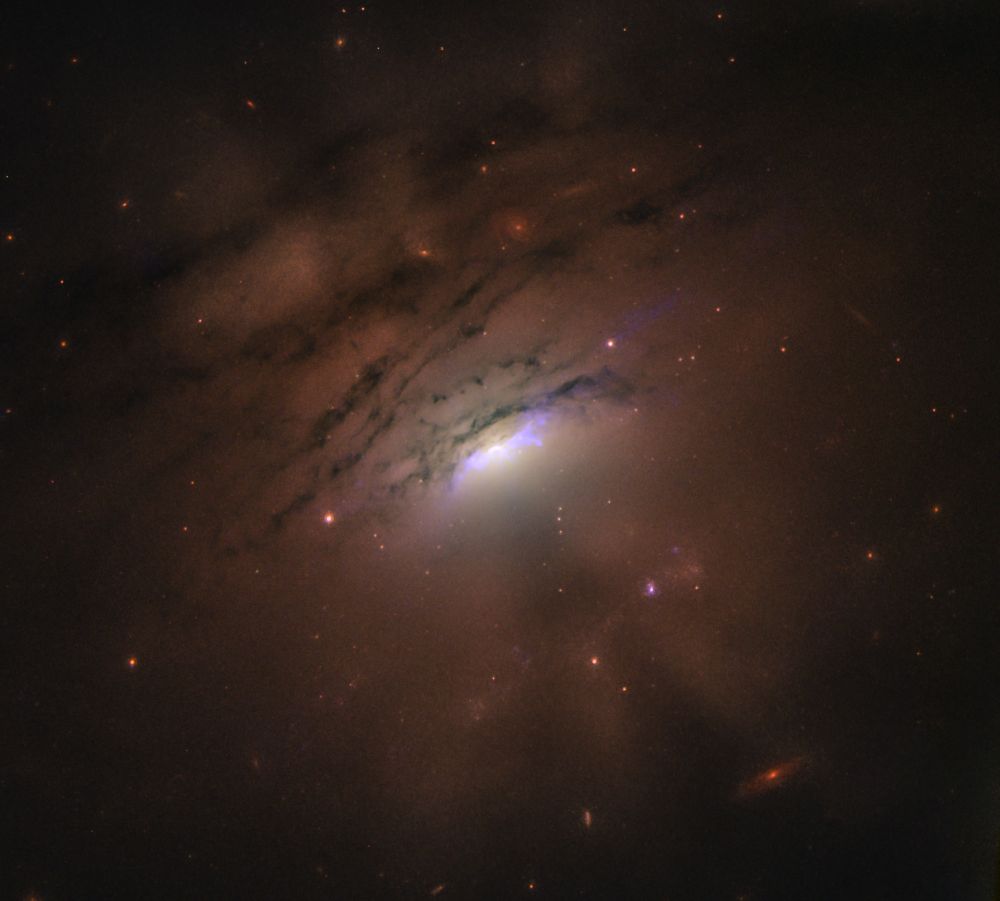
We use the term ‘supermassive black hole’ with a kind of casual familiarity. But stop and think about what they really are: Monstrous, beguiling singularities where the understood laws of physics and cosmology are brought to their knees. A region where gravity is so powerful that it warps everything around it, drawing material in—even light itself—and sometimes spitting out jets of energy at near-light-speed.
It was only recently that we got our first image of one of these monstrosities. Now, the Hubble has captured an image of a supermassive black hole (SMBH), or what might be part of its shadow, anyway.
Continue reading “Hubble Sees Dark Shadows That Could Be Cast by a Supermassive Black Hole”Astronomers Thought They’d Found a Red Dwarf That Wasn’t Hostile to its Habitable Zone Planets. They Were Wrong
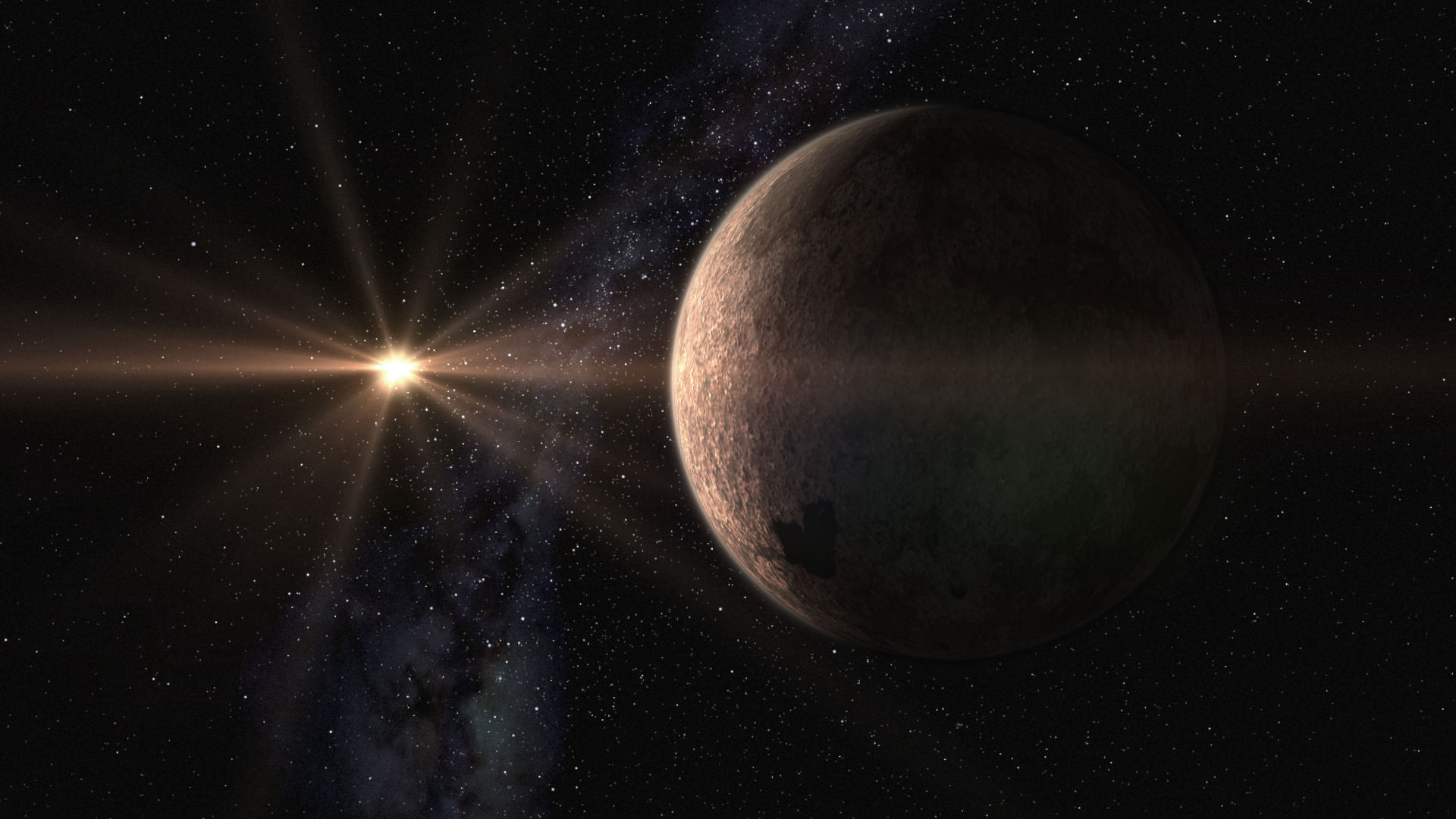
In the past decade, the study of exoplanets has grown by leaps and bounds. At present, a total of 4,201 planets have been confirmed beyond the Solar System and another 5,481 candidates await confirmation. In the midst of all this, M-type red dwarf stars have become a focus of exoplanet research because they appear to be the most likely place where rocky (aka. Earth-like) planets can be found orbiting within the star’s habitable zone (HZ).
However, that does not mean that red dwarf stars are good candidates for hosting habitable planets. Take GJ 887, for example, one of the brightest M stars in the sky that has a system of two (possibly three) planets. In the past, this star was believed to be calm and stable, but new research by astronomers from Arizona State University has shown that GJ 887 might not be so calm as previously thought.
Continue reading “Astronomers Thought They’d Found a Red Dwarf That Wasn’t Hostile to its Habitable Zone Planets. They Were Wrong”Everyone Took Pictures of Comet NEOWISE, Including Hubble
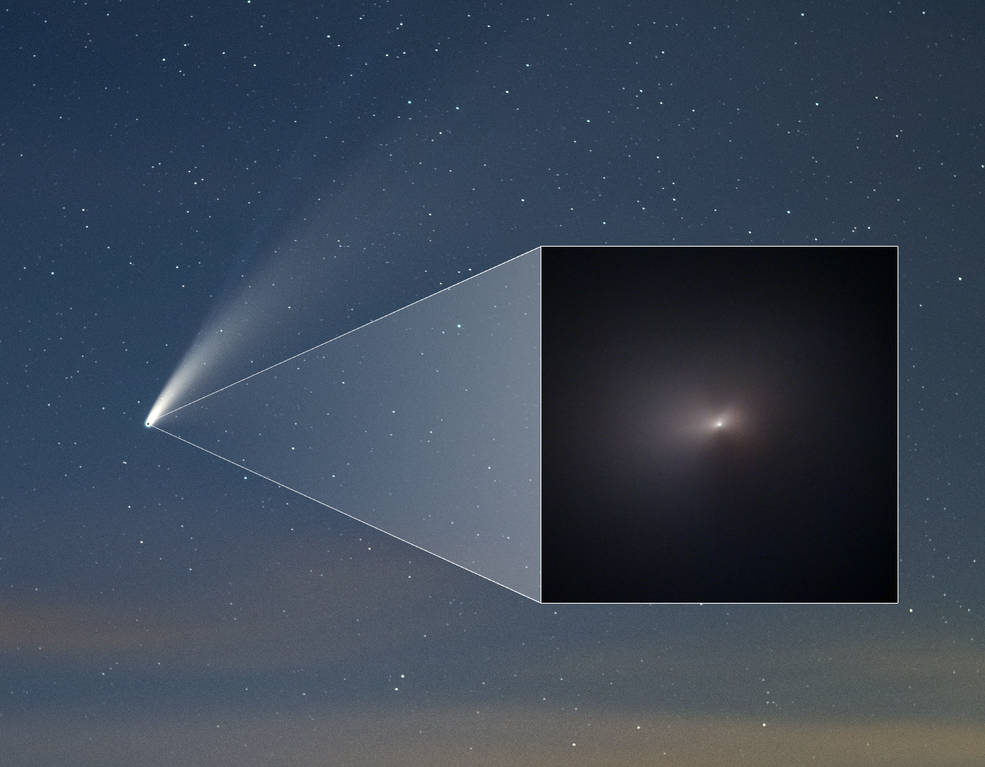
This summer we were (finally) treated to a spectacular, naked-eye comet, C/2020 F3 NEOWISE. And while seeing it with our own eyes was a joy, it was incredible to see the varied photos of NEOWISE taken by people around the world, showing the comet’s long gossamer tails, filled with detail and color. (See our gallery of images here.)
Now, the Hubble Space Telescope has released a high-resolution image of NEOWISE. However, it might not be the view you may have expected.
Continue reading “Everyone Took Pictures of Comet NEOWISE, Including Hubble”
